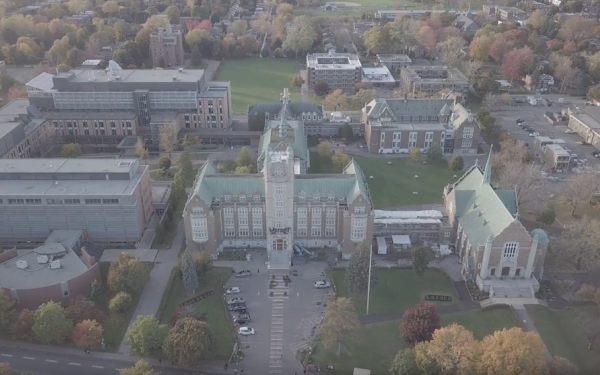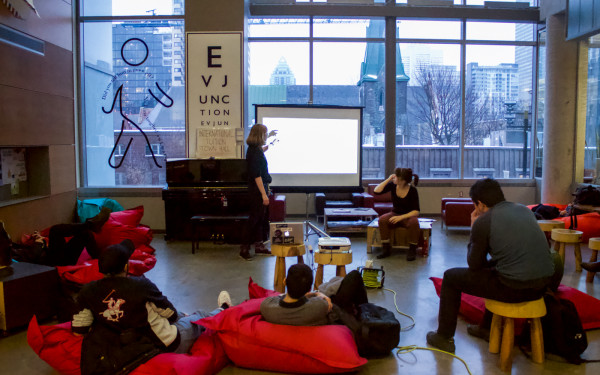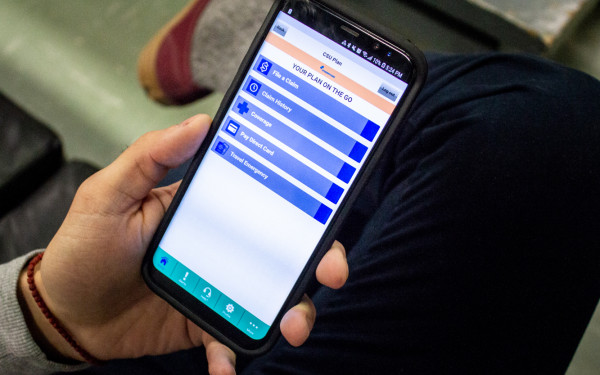Editorial: The Disability Issue
The Disability Issue aims to reclaim the word “disabled” and unpack the stigma surrounding disability.
Although this special issue wishes to highlight the successes and achievements of disabled artists and activists, it also hopes to shed light on the barriers and systemic ableism the disabled community faces in Quebec.
According to a report by the Canadian Human Rights Commission, between 20 and 30 per cent of non-disabled people in Canada have a post-secondary education. This percentage is less than 15 for the disabled population.
According to the Council of Canadians with Disabilities, disabled Canadians are twice as likely to live in poverty as non-disabled Canadians. Despite having the lowest disability rate nationwide, at 10 per cent of the total population, Quebec has the highest ratio of disabled people living below the poverty line, at 32 per cent. Comparatively, only 12 per cent of the non-disabled population in Quebec lives in poverty.
These statistics don't only boil down to lack of accessibility in the private sector. The maximum monthly amount disabled Quebecers are entitled to from the provincial government’s disability pension is $1,463.83, a sum woefully inadequate to cover average costs of living for a single person.
Even disabled children are subject to unequal opportunities when compared to non-disabled children. For example, in the past two summers, lack of government funding for kids with special needs led to summer camps being forced to reject applications from such families.
These are just a few examples of systemic barriers that create inequalities between disabled and non-disabled individuals, which start in childhood and persist throughout their lives. In other words, the lack of funding from governments towards services for disabled people is systemic ableism. Ableism is ingrained in our institutions and seeps into establishments like Concordia.
Time after time, Concordia excused their wheelchair-inaccessible buildings by claiming that since they were built centuries ago, renovation is allegedly impossible. Yet a wheelchair ramp should not be difficult to add next to staircases.
In a survey conducted by Concordia’s Working Group on Equity, Diversity and Inclusion in October 2019, students, faculty and staff were asked to assess a variety of statements about equity in the university. Of the 16 statements, the lowest agreed-upon statement was that Concordia was adequately physically accessible. The second-lowest agreed-upon statement was that everyone had a fair access to opportunities in the university.
The clear existence of ableism at Concordia is shown by how little the administration is willing to invest in increasing the university’s accessibility. In fact, Concordia’s main resource for disabled students, the infamous Access Centre for Students with Disabilities, is chronically underfunded and understaffed.
In an interview with The Link, Concordia Provost Anne Whitelaw admitted that the administration doesn’t provide enough resources to its crumbling ACSD. This means that the administrators are aware of the barriers that exist for disabled students within the university, but don't care enough about their education to increase funding for the resources they need to succeed academically.
From losing exam copies to refusing to accommodate students, the ACSD has been a failure to Concordia’s pledge to EDI.
The Link calls on Concordia’s administration to address the existence of systemic ableism within the institution and to eliminate the barriers disabled students face when obtaining a higher education.
This article originally appeared in Volume 43, Issue 6, published November 8, 2022.


_600_832_s.png)




_600_375_90_s_c1.jpg)